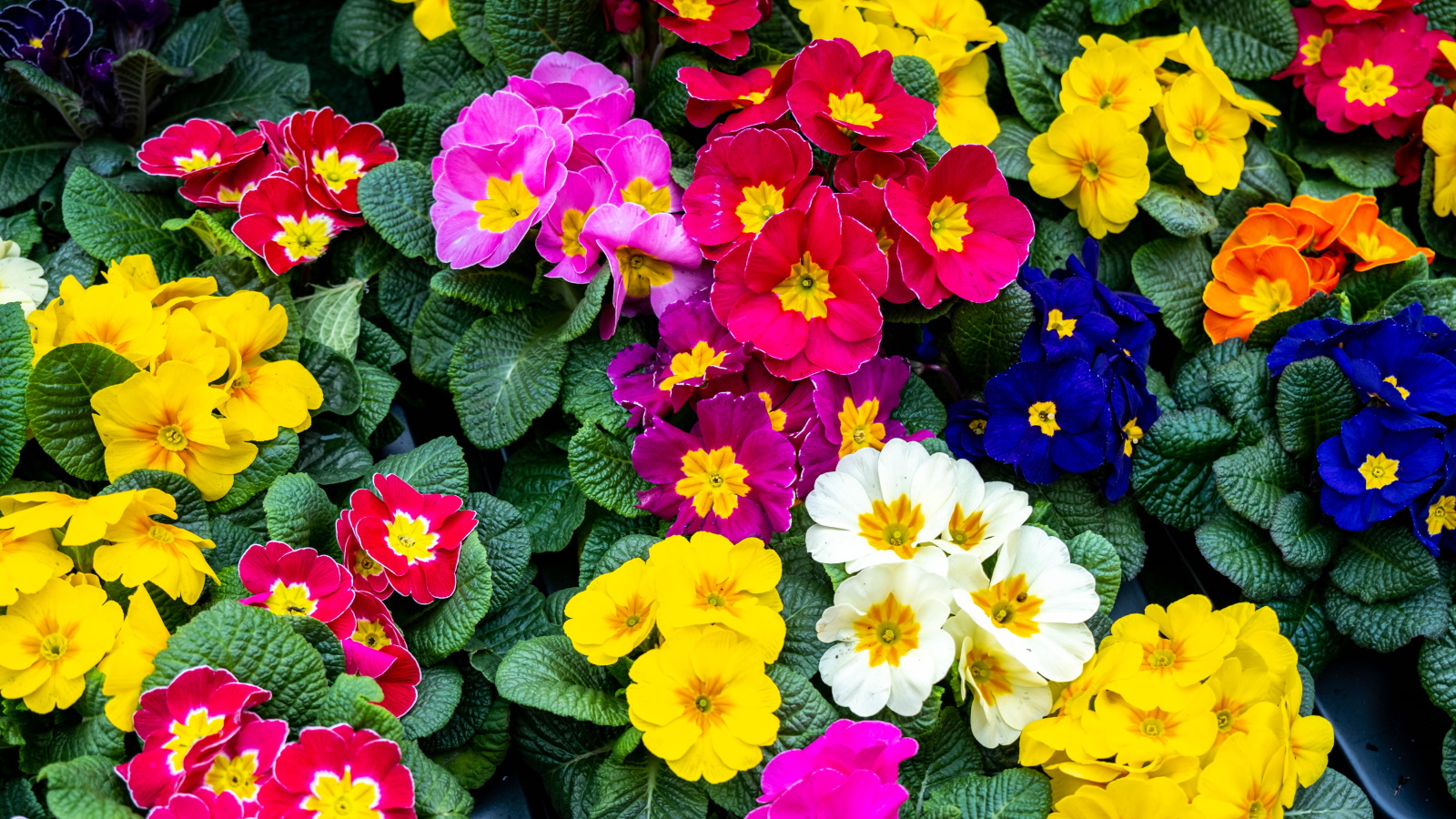
If you're fond of having a backyard brimming with beautiful blooms there's no doubt you have experienced the joy of seeing the first spring-flowering plants emerge. Among the earliest bloomers are primroses - a classic favorite and often a symbol of quintessential English gardening.
Primroses, also known as primula, dazzle with their pops of vibrant color - from yellow to purple and everything in between. They are rosette-forming perennials that have veined, bright green foliage and are native to the UK.
They have a versatile nature and can be grown in many ways, including in spring planters, in hanging baskets, raised beds and more.
Primroses are hardy in US hardiness zones 3-8 and will appear with their colorful blooms from later winter all the way through the spring season. They are among the earliest flowers to bloom, as well as glory of the snow.
Although primroses are easy to care for, they can be a bit tricker to get started with. We've asked experts for tips to successfully grow and care for primroses to have thriving flowers all spring long.

How to grow primroses
It's hard not to love these gloriously colorful blooms, as they brighten up darker days towards the end of winter. We've compiled expert advice on how to grow primroses, so you can have a spring garden full of color.
When to plant primroses
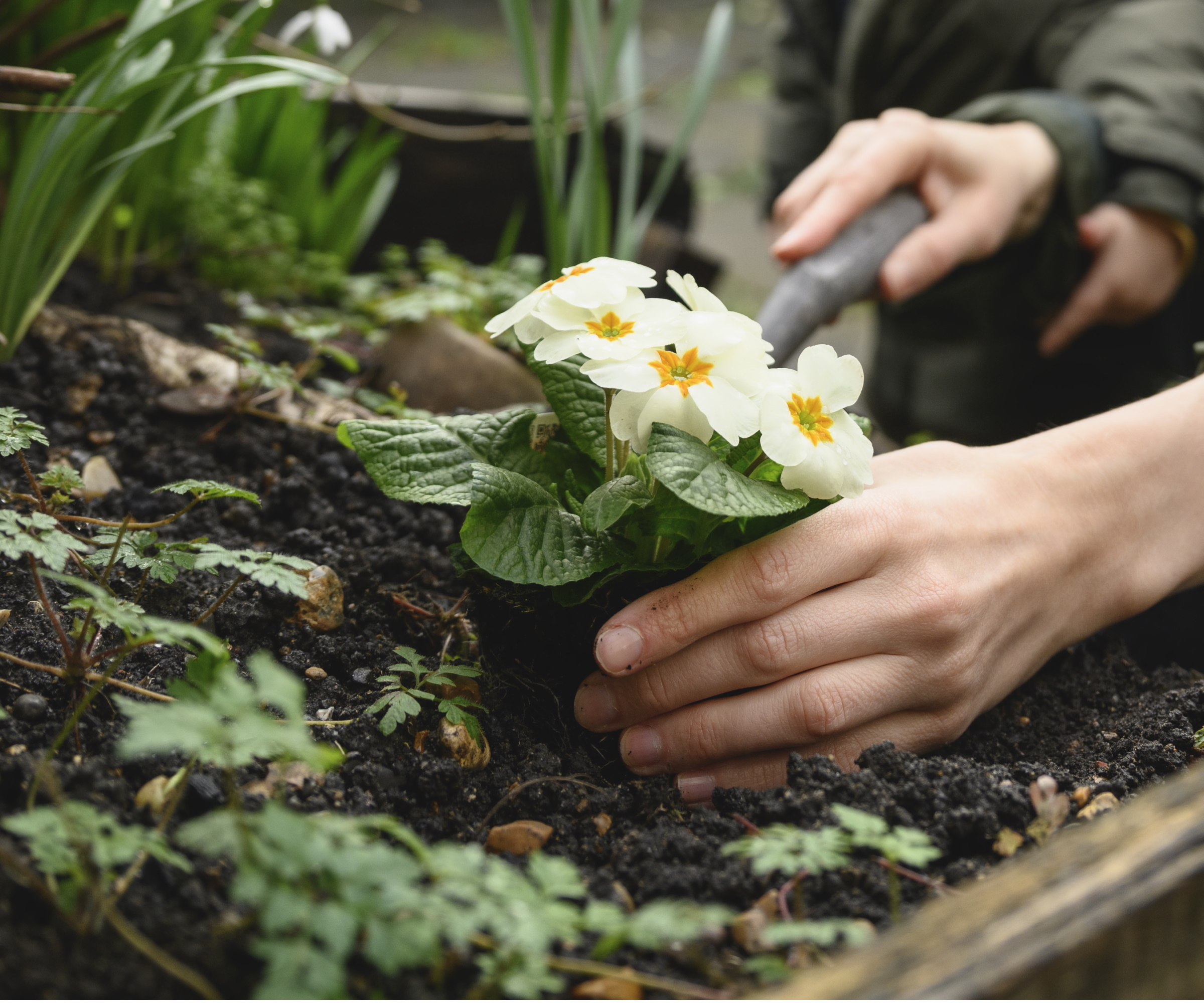
Although it's not impossible, it can be tricky to successfully grow primroses from seed. If you choose to do this, you should sow your flower seeds in late winter, ideally late January to early February, right before the growing season kicks in.
You can do this in containers, a bed or may find a tray seed, like this seed starter tray from Amazon, useful.
Whether you're sowing indoors or outdoors, make sure you plan your seed sowing schedule and provide optimal conditions for the seeds to germinate.
'It's important to provide flower seed with lots of natural light to germinate, as well as warmth,' says Rachel Bull, head of gardens at Homes & Gardens. 'You can place a covered seedling tray outdoors to optimise light levels,' she adds.
If you're planting nursery-brought primroses, you can wait until later in the year to plant.
'Primroses are generally safe to plant after the last frost – or if a hardy, perennial type – fall planting is good,' says Chuck Pavlich, director of new product development with Terra Nova Nurseries.
At this stage, you will want to choose which color primroses to grow in your yard. 'By purchasing several species of primroses, many color combinations are obtainable,' Chuck adds.
Where to plant primroses
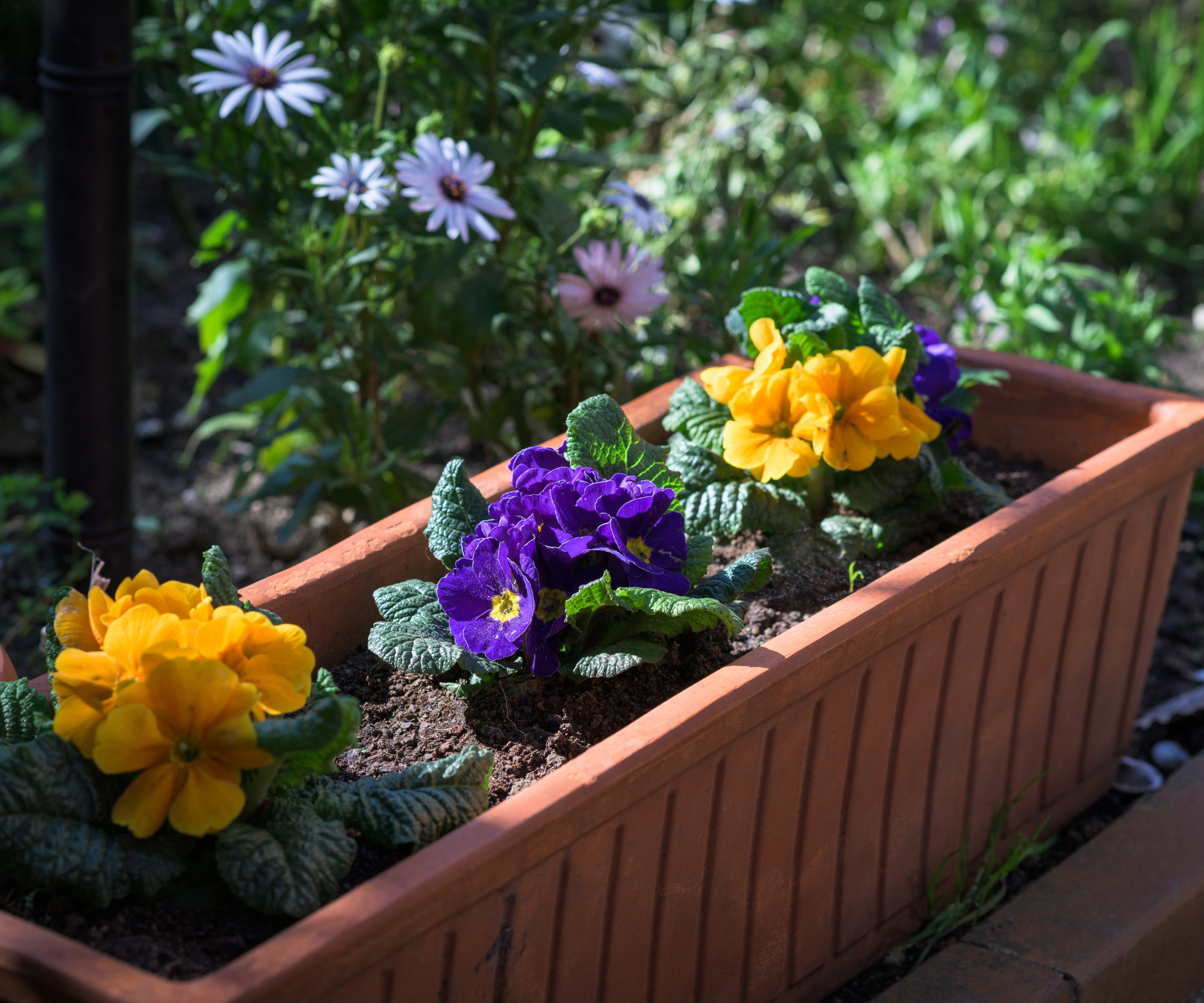
Primroses are among the best spring flowers for shade and are adaptable to a number of planting positions.
'Primroses are perfect for styling in a number of ways. They can look beautiful as pops of color in spring hanging baskets or containers, but also do well as flowering ground cover beneath trees,' says Rachel.
The most important thing to do when considering where to place your primroses is ensure they receive sufficient light. While they do adapt well to shadier spots, they still need plenty of bright light to flourish.
'Cool to moderate temperature, bright light and even moisture will ensure success,' says Chuck.
How to plant primroses
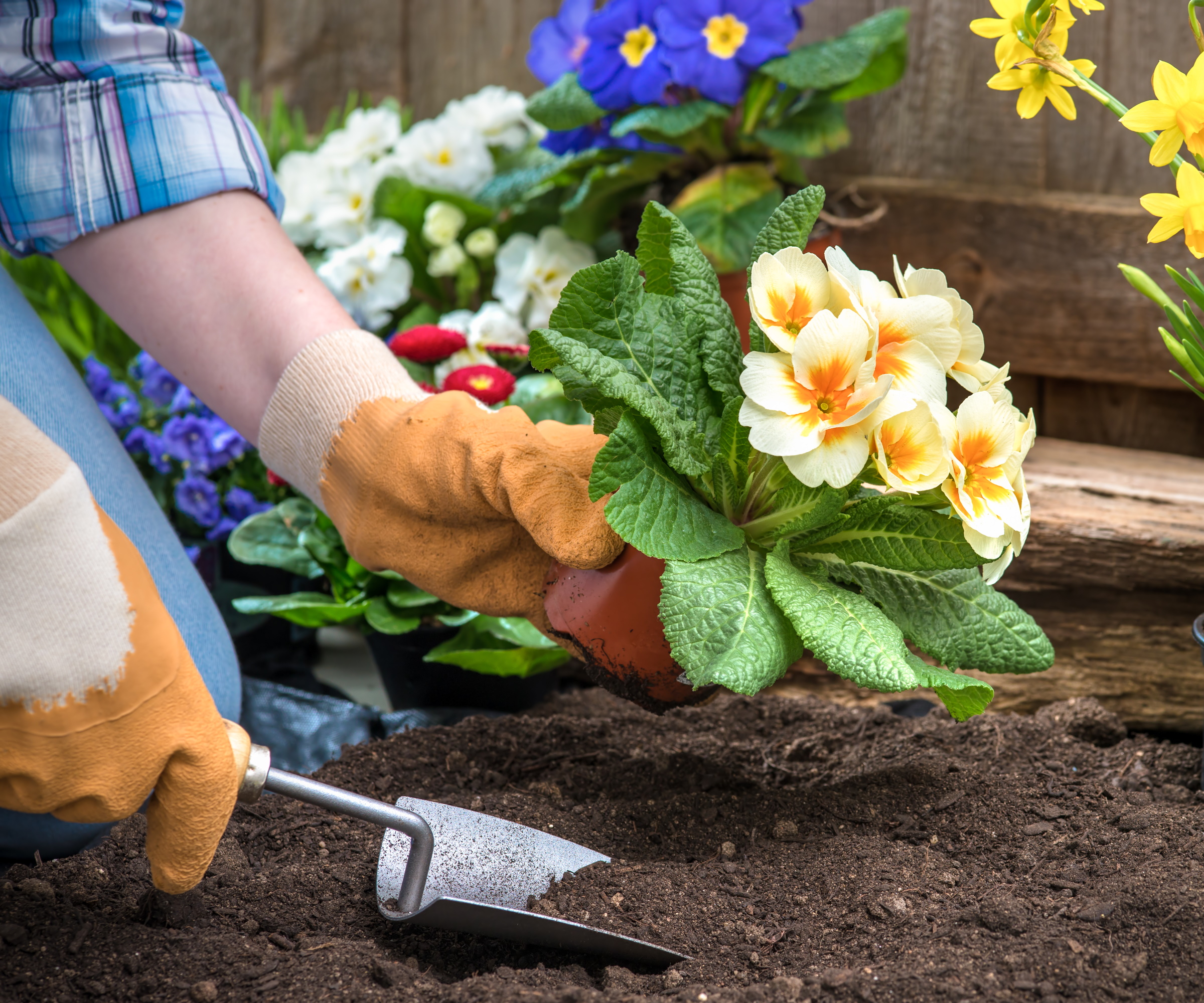
Once you have found the perfect spot for your primroses, bright but out of direct sunlight, you can plant them.
Primroses will do best when you plant them around six inches deep. This will allow the roots to settle into their new home well and ensure your primroses continue to bloom happily.
You may find using clean garden tools, like this spade hand trowel from Greendigs, helpful in this process.
If you are aiming to create a mass planting look, it can be a good idea to plant the primroses around six to 10 inches apart, providing them enough space to grow for a fuller look.
When growing primroses from seed, you will know they are ready to plant up in fall when true leaves have grown from your seedling.
How to care for primroses
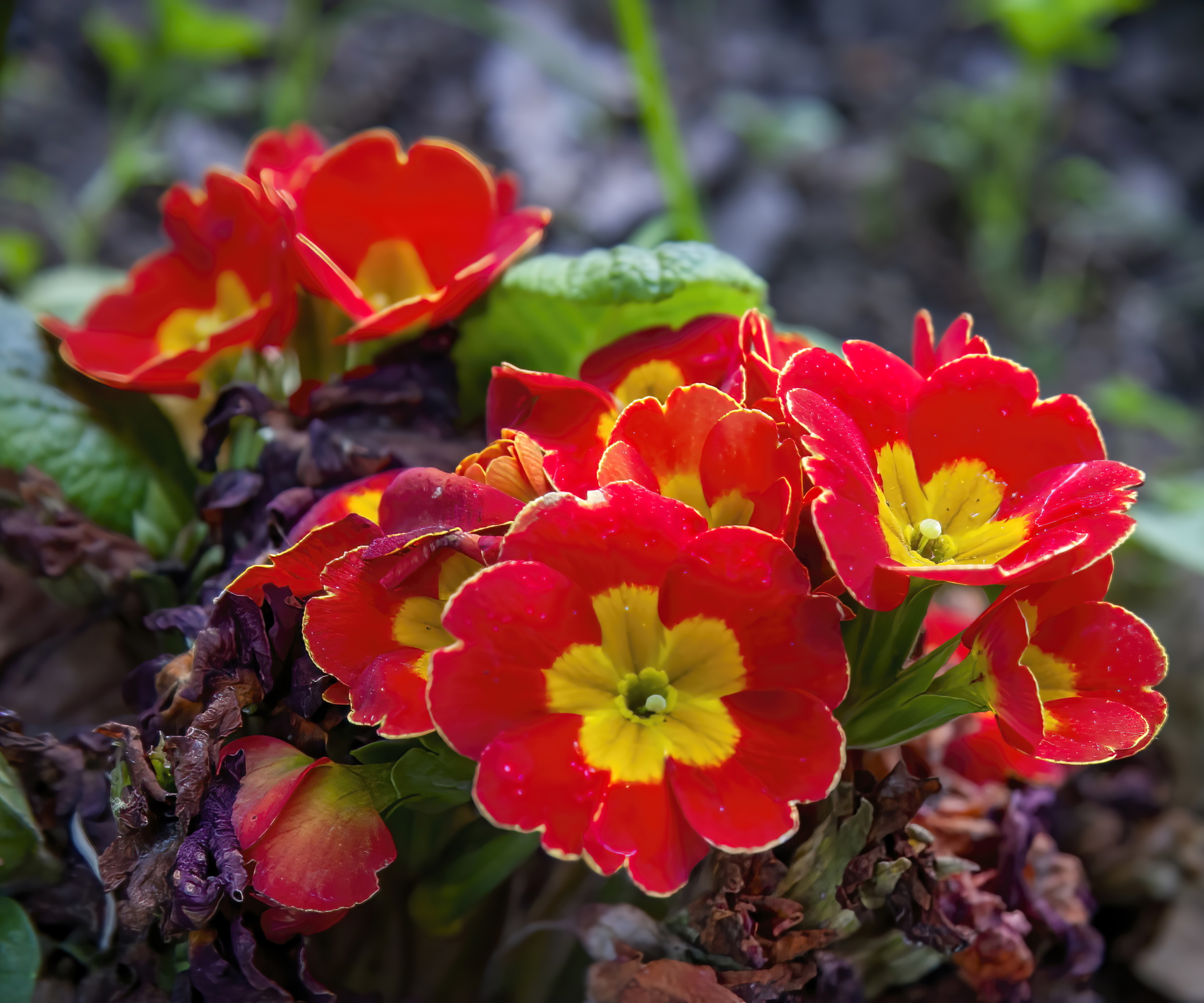
Now that your primroses are planted, you will want to make sure you provide optimal care to keep them blooming all through spring.
'To do well, most primulas appreciate low doses of a balanced fertilizer, fed usually just as new spring growth breaks,' says Chuck.
You can find lots of flower food on the market, like this bloom plant food from Amazon, which can be used when watering your primroses, like with this watering can from Bloomscape.
Make sure to continue caring for your primrose plants when they are dormant during summer and fall and you will be rewarded with returning blooms the following year.
FAQs
How long does it take for primroses to grow?
Many types of primroses are fast-growing plants. Often they will start to flower after just a few months from seed or tissue culture. If you choose to grow primroses from seed, rather than planting already-grown primroses from a nursery, it's important to provide optimal care of lots of bright light, warmth and moderate watering to encourage growth.
Can you grow primroses indoors?
Primulas, or primroses, are not often chosen as indoor flowering plants. However, this does not mean it is impossible to keep them indoors.
'Only a few types do well indoors, and only for a short while. The types known as Primula malacoides and Primula obconicas are bred for indoor use and are best used like a poinsettia,' says Chuck Pavlich, director of new product development with Terra Nova Nurseries.
It's best to provide lots of bright natural light, although avoid direct sunlight, an even moisture level and prevent them from cold damage to keep them blooming for longer indoors.
Are primroses toxic to pets?
Yes, primroses are toxic to pets. If ingested, cats and dogs may experience vomiting among other symptoms.
'In particular, the very showy Primula obconica type is toxic to pets and can cause a rash to some humans due,' says Chuck Pavlich, director of new product development with Terra Nova Nurseries.
There are few things as joyous as seeing those early blooms appear towards the end of winter and primroses certainly bring the color. They are easy to care for and with optimal conditions will bloom through the whole spring season. If you're looking for other early bloomers, these snow-resilient flowers can help you create a yard full of color.







